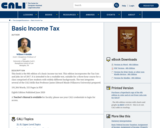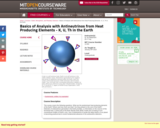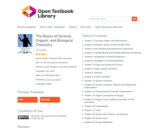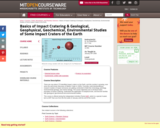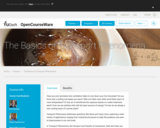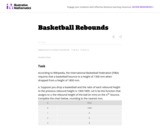
Video and study guides for the following topics: Order of operations, algebraic manipulation, negative and fractional exponents, rounding, engineering notation, unit conversion, general industrial safety, energy, power, efficiency, capacity factor, basic electrical properties: voltage, current, resistance, fixed resistors, variable resistors, protoboards, ohmmeters, series resistors, parallel resistors, 4 band resistor color code, DC Ohm’s Law, DC power, voltmeters, ammeters, series DC circuit properties, DC Kirchhoff’s Voltage Law, DC voltage divider rule, parallel DC circuit properties, DC Kirchhoff’s Current Law, DC current divider rule, series-parallel DC circuit properties, instrument loading effects, DC current sources, source conversion, resistive delta-Y conversion, complex DC circuits, DC Superposition Theorem, DC Thevenin’s Theorem, DC Maximum Power Transfer Theorem, DC Norton’s Theorem
- Subject:
- Career and Technical Education
- Electronic Technology
- Material Type:
- Textbook
- Provider:
- OpenOregon
- Author:
- Jim Pytel
- Date Added:
- 07/07/2021
